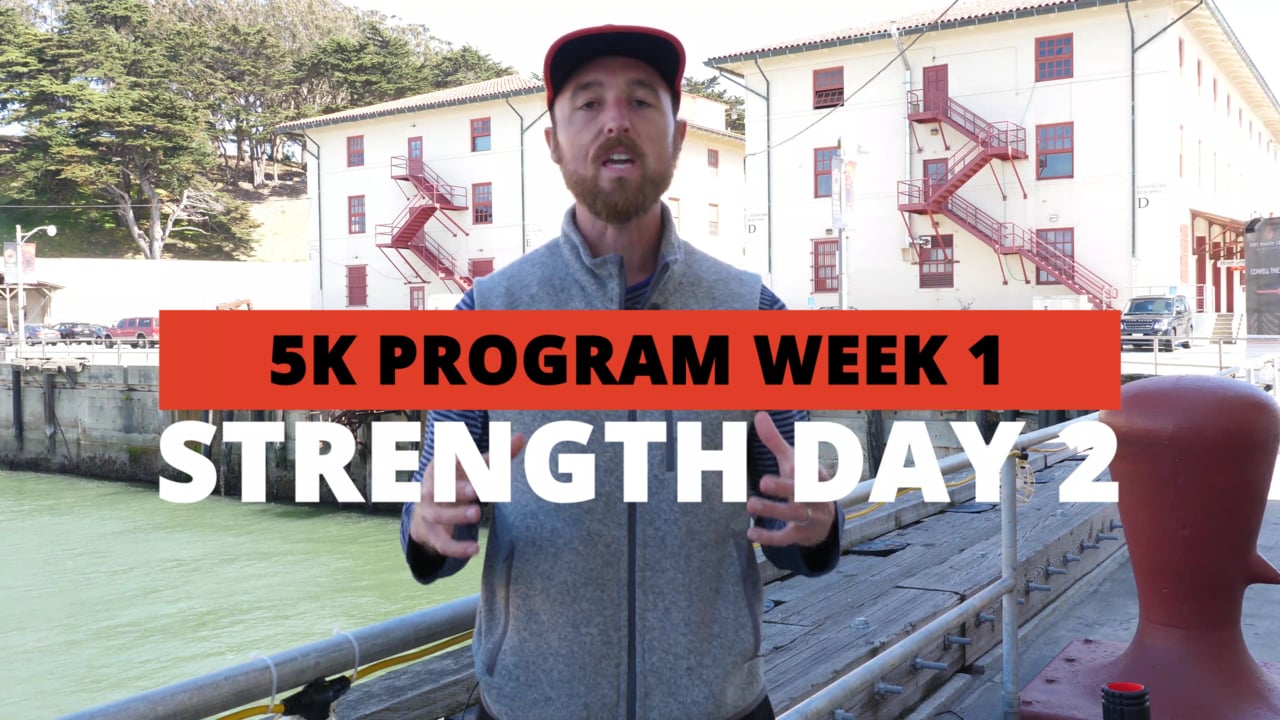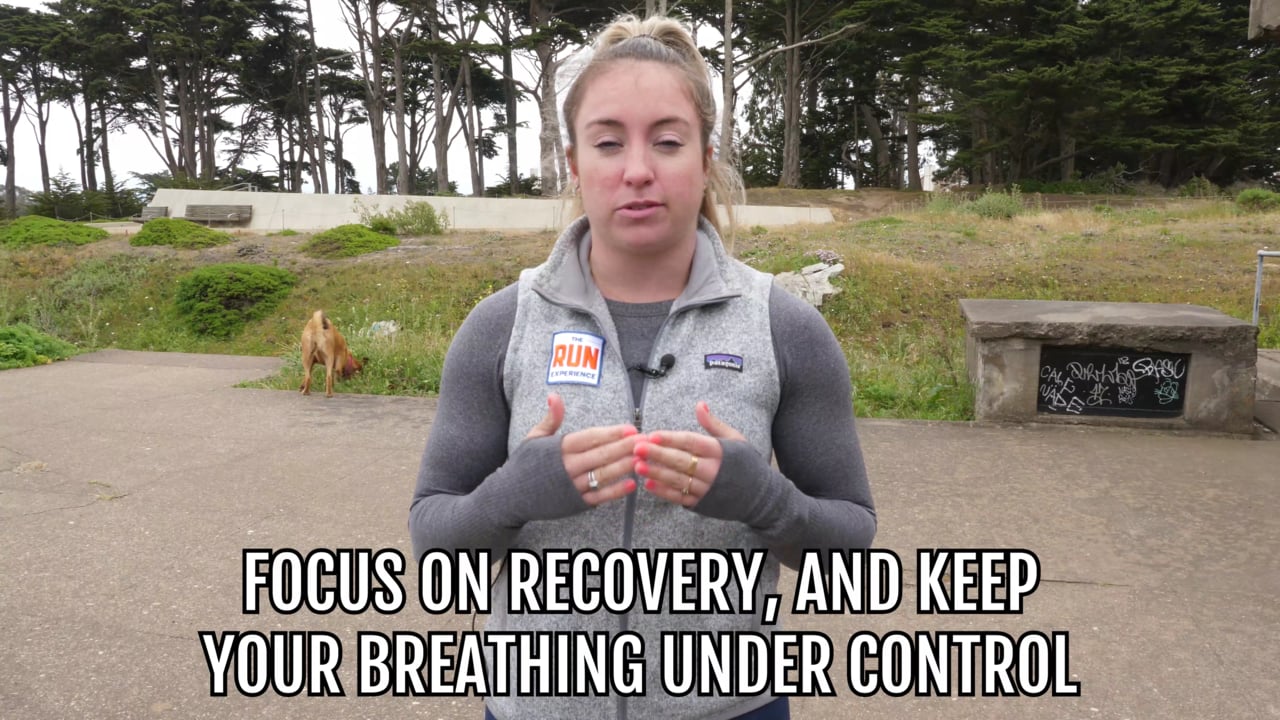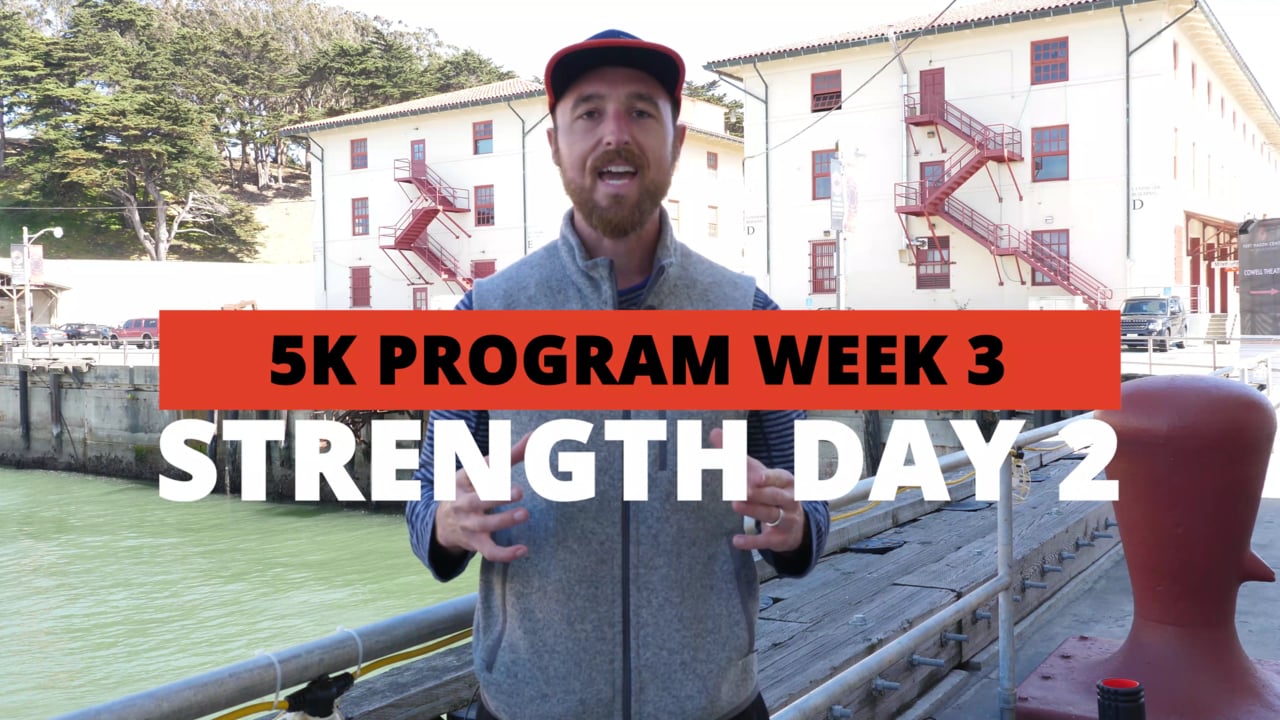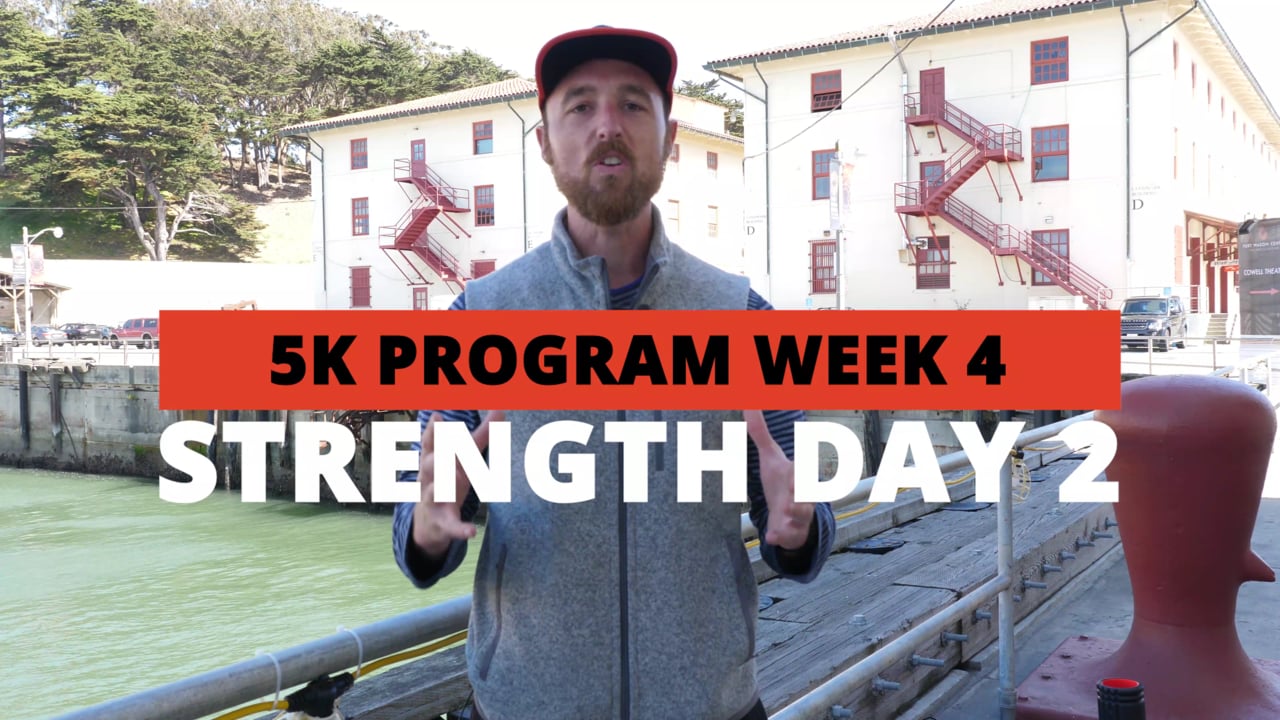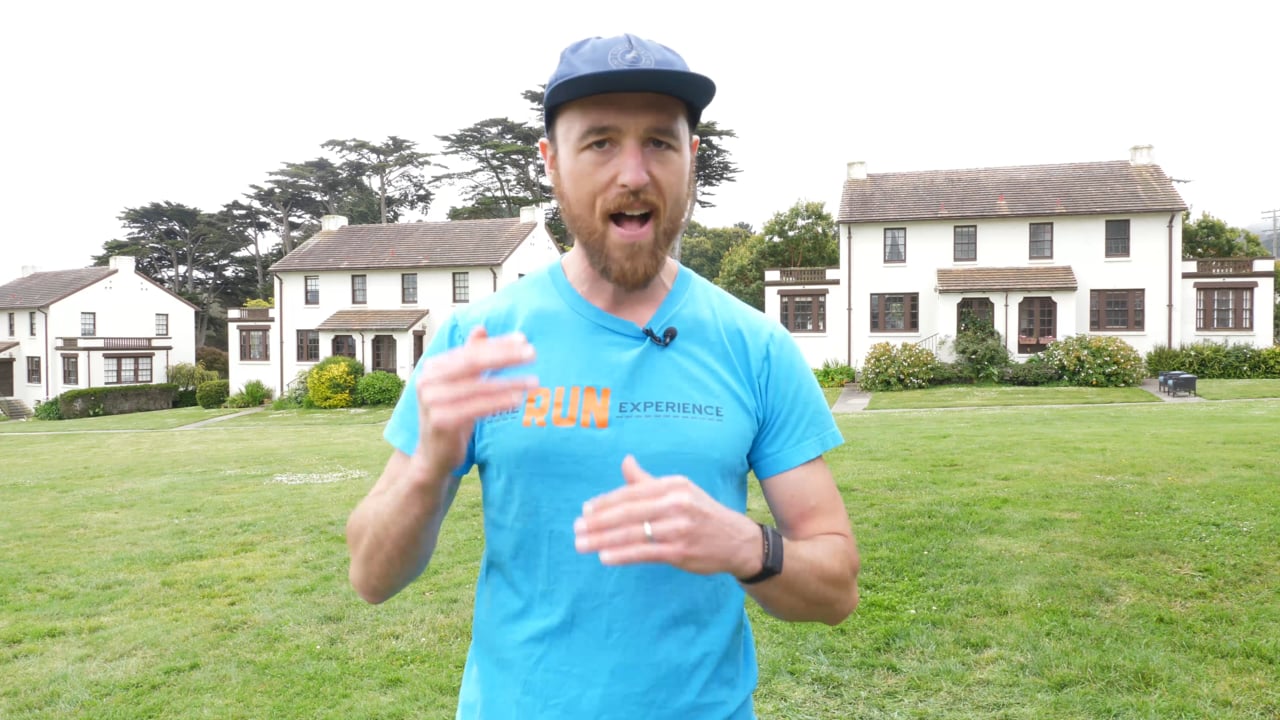-
Breath &
Week 6 | Day 36
Mobility
-
Breath &
Week 5 | Day 29
Mobility
-
Run Drills:
Week 6 | Day 37
Pulling It
All Together -
Strength,
Week 6 | Day 38
Agility &
Power -
Run Drills:
Week 5 | Day 30
Fast Feet
-
Quality Run:
Week 6 | Day 39
Drills &
Strides -
Breath &
Week 4 | Day 22
Mobility
-
Breath &
Week 1 | Day 1
Mobility
-
Run Drills:
Week 1 | Day 2
Nose
Breathing -
Strength,
Week 1 | Day 3
Agility &
Power -
Quality Run:
Week 1 | Day 4
Fartleks
-
Balance,
Week 1 | Day 5
Stability &
Core -
Long
Week 1 | Day 6
Run
-
Fun Run
Week 1 | Day 7
or
Cross Train -
Breath &
Week 2 | Day 8
Mobility
-
Breath &
Week 3 | Day 15
Mobility
-
Run Drills:
Week 2 | Day 9
Get
Rocking -
Strength,
Week 2 | Day 10
Agility &
Power -
Quality Run:
Week 2 | Day 11
Hill
Repeats -
Balance,
Week 2 | Day 12
Stability &
Core -
Long
Week 2 | Day 13
Run
-
Fun Run
Week 2 | Day 14
or
Cross Train -
Strength,
Week 5 | Day 31
Agility &
Power -
Balance,
Week 6 | Day 40
Stability &
Core -
Run Drills:
Week 3 | Day 16
Arm
Swing -
Strength,
Week 3 | Day 17
Agility &
Power -
Quality Run:
Week 3 | Day 18
Track
Speed Work -
Balance,
Week 3 | Day 19
Stability &
Core -
Long
Week 3 | Day 20
Run
-
Run Drills:
Week 4 | Day 23
Bounding
-
Fun Run
Week 3 | Day 21
or
Cross Train -
Race
Week 6 | Day 41
Weekend
Day 1 -
Quality Run:
Week 5 | Day 32
Hill
Repeats -
5k Program
5k Program | Home Page
Home
-
Strength,
Week 4 | Day 24
Agility &
Power -
Race
Week 6 | Day 42
Weekend
Day 2 -
Balance,
Week 5 | Day 33
Stability &
Core -
Quality Run:
Week 4 | Day 25
More
Fartleks! -
Balance,
Week 4 | Day 26
Stability &
Core -
Long
Week 5 | Day 34
Run
-
Long
Week 4 | Day 27
Run
-
Fun Run
Week 4 | Day 28
or
Cross Train -
Fun Run
Week 5 | Day 35
or
Cross Train
“The will to win means nothing without the will to prepare”
– Juma Ikangaa
Now that we’re into the second half of the 5k program, there’s probably some soreness and residual fatigue that’s accumulated over the first four weeks. If you’re new to running, it’s an opportunity to learn that you can still perform well when you’re not 100%. It’s also an opportunity to look at how you’re recovering from your workouts.
Recovery isn’t just about the time immediately after your workout is done. That’s an important window of opportunity for kickstarting your recovery, for sure, but recovery is also about everything else you do to help your body recover and be as ready as it can for your next workout. Preparing to race is a balance between developing the skills and endurance to run the distance along with developing the skills to take care of yourself.
Recovery has four essential parts: Rest, Nutrition, Hydration, and External Stress Management.
Nutrition is where you give your body the components it needs to both fuel and rebuild your muscles, bones, and tendons.
Rest is where you give your body the opportunity to do all the rebuilding it needs to. Your body cannot rebuild if it does not rest.
Hydration is where you provide your body with enough fluids and minerals to balance your blood’s PH. You probably lose more fluid then you realize when you exercise, so always drink at least one more glass of water than you think you need. It’s really easy to get chronically underhydrated, and that state affects your sleep and how well you recover. We’re not asking you to obsessively drink a certain amount of water a day, but simply to drink a little more.
External Stress Management is about managing all those non-running things that stress you out. In the same way that your body only knows exertion and duration, your body can’t really distinguish what’s raising your heart rate – an easy run or a stressful meeting with your boss or a petulant child or partner. More stress means you need more rest to recover. Don’t judge how much rest you need simply by taking your running into account – also take into account all the other things in your life that require your attention. You have to compensate for all the stress in your life and rest accordingly. Naps are a really good thing.
After today’s long run, actively consider what you’re going to do for yourself to recover, and get your body and mind ready for your next workout. Drink that extra glass of water, take that nap!
Choose A Training Week
- 1
- 2
- 3
- 4
- 5
- 6
Week 1
Week 2
Week 3
Week 4
Week 5
Week 6
-

Breath &
Mobility
Week 6 | Day 36 -
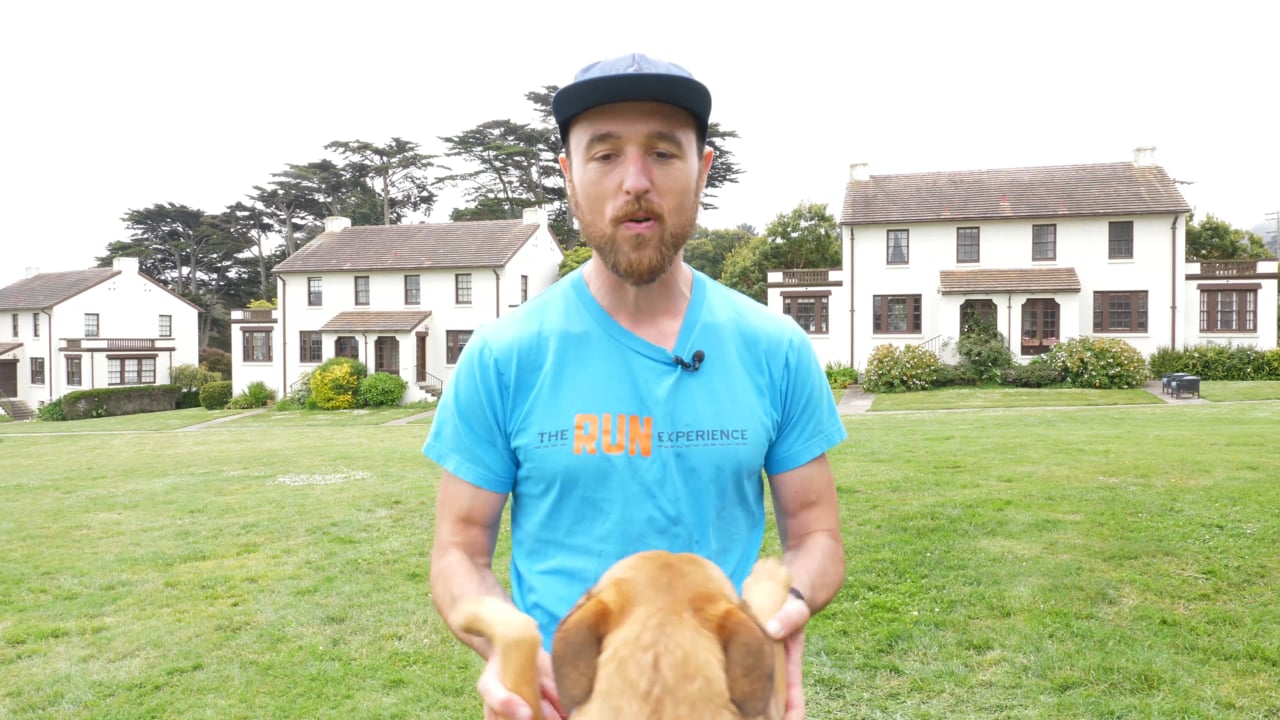
Run Drills:
Pulling It
All Together
Week 6 | Day 37 -

Strength,
Agility &
Power Week 6 | Day 38 -

Quality Run:
Drills &
Strides Week 6 | Day 39 -

Balance,
Stability &
Core Week 6 | Day 40 -

Race
Weekend
Day 1 Week 6 | Day 41 -

Race
Weekend
Day 2 Week 6 | Day 42 -
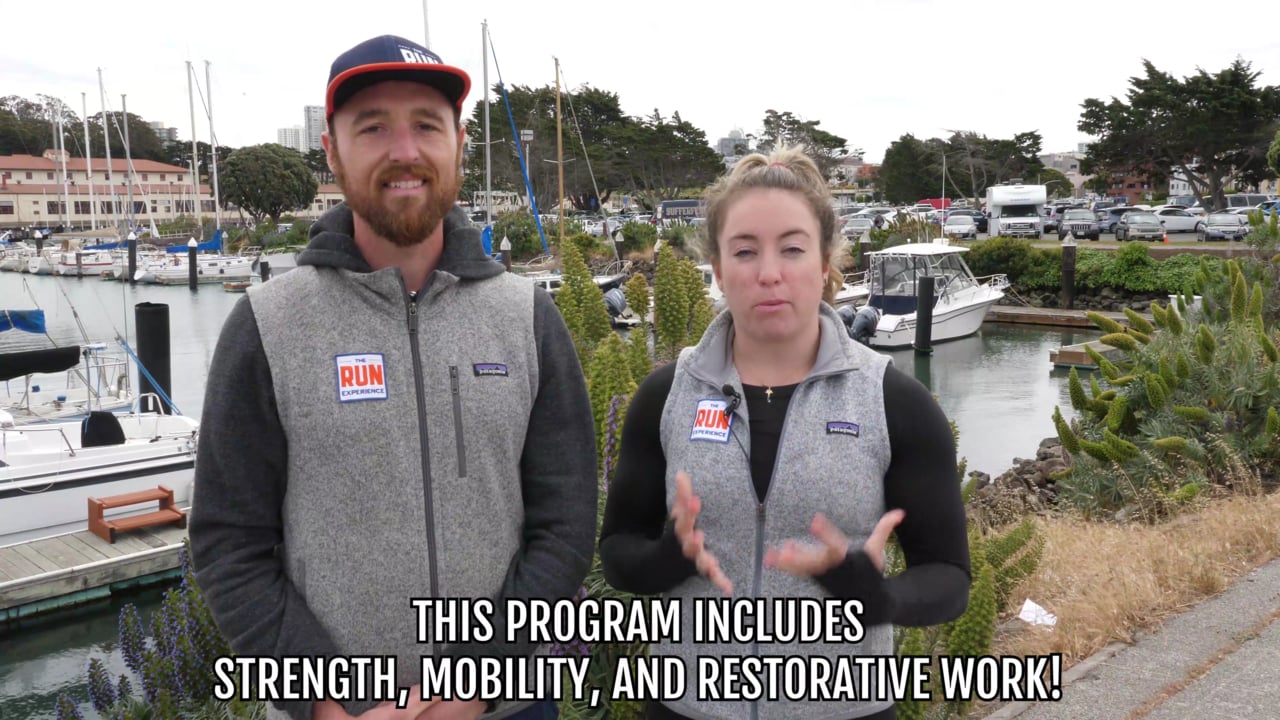
5k Program
Home
5k Program | Home Page
Workout
- Running Warmup
Duration
All Levels: 5 minutes
Instructions
Beginner: Alternate Run 40 seconds / Walk 20 seconds
Intermediate & Advanced: Run EasyEffort Levels
All Levels: RPE 3/10
- Dynamic Warmup: Leg Swing Lunges and Inchworm Push Ups
10 Leg Swing Lunges, each side
10 Inchworm Push Ups - Main Workout
Distance
Beginner : 3.5 miles (6 km)
Intermediate : 4 miles to 6.5 miles (6 km to 11 km)
Advanced: 6.5 miles (11 km)Instructions
Beginner: Run easy. Every 5 minutes, do 15 air squats
Intermediate & Advanced:
Start: Easy for 1 mile (2 km)
Pick-up: Run 4 minutes at 5k Race Pace, recover 2 minutes
Repeat 2 more times
Finish: Easy for the remainder of the distanceEffort Levels
Beginner: RPE 5/10
Intermediate & Advanced:
Start: RPE 5/10
Pick-up: RPE 8/10, recover RPE 2/10
Finish: RPE 5/10 - Cooldown
Duration
Beginner: 2 minutes
Intermediate: 2 minutes to 5 minutes
Advanced: 5 minutesInstructions
Beginner: Alternate Run 40 seconds / Walk 20 seconds
Intermediate & Advanced: RunEffort Levels
All Levels, Run: RPE 2/10
- Mobility: Glutes and Hamstrings
Work those big engines, introduce your glutes to a lacrosse ball
Maintain the inner and outer hamstrings





